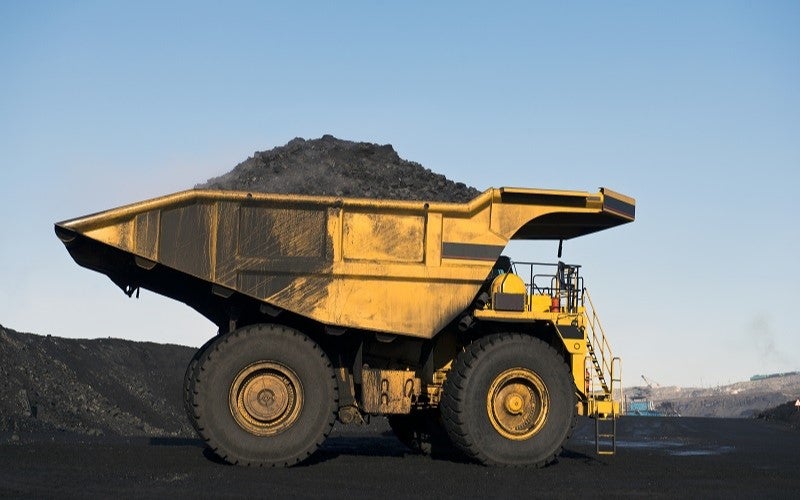
With an increasing number of mines in the process of digital transformation, reliability of your wireless network is becoming paramount. Real-time or near real-time data access to fleet data is now a requirement for mines of all sizes, and failure of those wireless networks isn’t only critical for autonomous sites.
We will discuss here five examples of how network downtime, even in a non-autonomous environment, can affect your productivity by impacting a variety of business units within your mine.
Sub-optimal operations
The most common applications running on wireless networks at mines are some type of fleet management system. These all rely on some level of network to deliver data.
Without connectivity, and subsequently this productivity data, your haulage cycles are likely under-performing, facing the risk of some under-trucked circuits and others with empty trucks queuing. The trucks and shovels, no longer able to communicate with each other, are at risk of increased under- or over-loading events, wasted time in cycle decision making, and perhaps even dumping material at the wrong location.
Inaccurate ore control
Another team heavily relying on real time connectivity is the Engineering and Ore Control team. High Precision GPS systems on Shovels and Loaders have made huge advances in Ore Control, both in simplifying progress measurements as well as ensuring the right grade is sent where it needs to go.
Network outages wreck havoc on these systems forcing significant justification and manual adjustments in order to account for productivity. For some miners, Ore Control alone justifies pulling all the stops in an effort to resolve network outages.
Reactive maintenance
Having historically mined for the longest time without real-time monitoring of your mobile equipment’s health, many may expect that your operations wouldn’t be affected by a short-term network downtime. Maybe that’s true to a point.
But, over the years a number of examples have been collected demonstrating how asset health monitoring systems have prevented critical failures and saved big dollars. Beyond those rarer examples, the longer your network is down the less data you have around optimized maintenance time of your assets or reliability of your equipment. And, unless you leverage an edge computing datalogger that offers a Store and Forward capability, any asset health data collected while your network was down will be lost, never able to make it to your analytics package.
Human resources displaced
Downtime of your wireless network doesn’t only affect efficiency of your equipment. A large portion should also be attributed to the man power displaced from other tasks and allocated to troubleshooting the issue.
It might only be a matter of a few minutes, but in some cases may be a matter of hours, involving the right people, driving down the pit for assessment, maybe driving back up to access the right equipment and finally resolving the issue by moving a trailer, modifying a configuration item, or replacing a component. At the end of the year, days of man power have been wasted troubleshooting your wireless network rather than focusing on mining.
With a combination of proper hardware and installation, proper network design which takes into consideration your mine plan and technology road-map for the next few years, your requirements for redundancy and fail-over, and mining-centric network monitoring systems, your operation shouldn’t require a full network team purely tasked with troubleshooting.
Safety
With safety being paramount at all mines, video surveillance is increasingly used to proactively monitor operations and safety of your staff. Additionally, on-board safety systems such as proximity detection, operator alert systems, man down systems and others are becoming more and more prevalent, and many rely on solid communications for maximum performance.
Scalable network deployment should be an option for some operators
Understanding that wireless network downtime and the related delays in application data delivery can have a significant negative impact on operations and that it should be prevented as much as possible, where do we leave operations who may not have yet deployed these applications or realized their related efficiencies at all?
It seems clear there are significant improvements in both operational performance and asset health, as well as significant safety increases available through digitalization of the mine. But in some cases, proving the ROI for a fully deployed wireless network to support these applications can also be challenging.
The solution may lie in the ability to scale the application and its network requirement as operations and budget grow. In some cases, a starting point may be as simple as deploying a single access point at the edge of your pit and relying on an edge computing that collects, stores and forwards the data when in the proximity of the access point. In this case, deployment should be simple and the ROI pretty quick.

